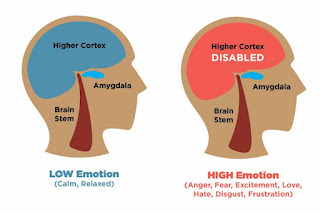Stasiun Athlone, Galway, Irlandia*
Kereta api yang kutumpangi berhenti. Dari jendela, tampak jelas orang lalu lalang. Ada yang turun dan ada yang masuk gerbong kereta. Ketika seorang pria paruh baya, perkiraanku umur 40 tahun, turun dari kereta, terlihat dua anak perempuan, kisaran 7 dan 5 tahun, yang sangat riang saat melihat kedatangannya. Saya perhatikan (sepertinya) ayahnya bersandiwara seolah-olah dia tidak melihat kedua anak itu sedang berdiri menantinya. Dia melewati kedua anak tersebut dengan wajah tanpa perasaan bersalah. Kedua anak tersebut mengejarnya. Anak yang lebih tua kemudian menarik-narik celana ayahnya. Baru pria itu menolehnya sambil tertawa. Lalu anak tersebut digendongnya. Terlihat senyum anak itu melebar, mengerti bahwa buah dari kesabarannya menanti pria itu akan datang. Sesaat pria itu tidak menghiraukan anak yang lebih muda. Tapi anak itu juga dengan girangnya melompat-lompat seolah tidak terima dirinya dibiarkan berdiri tanpa pelukan. Pria itu lalu dengan sigapnya membungkukkan...

